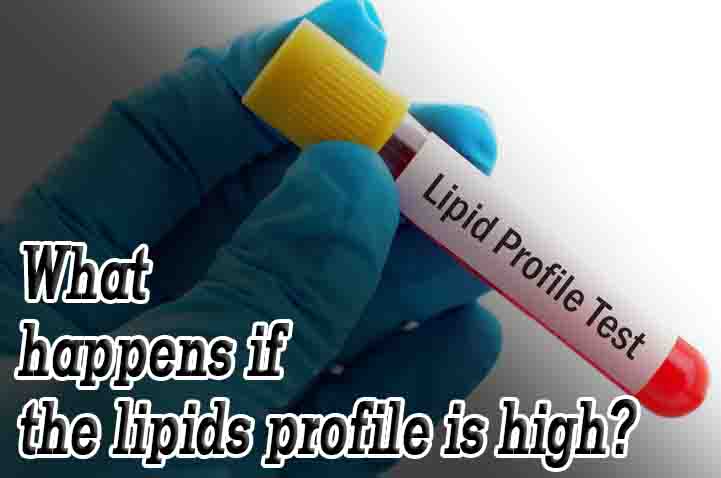Lipids are fatty materials present in the body which have different important functions. Lipids are transported into and out of tissues, and throughout the body, in the form of large complexes called lipoproteins.
Lipids are the most abundant type of organic matter found in living organisms. They include fats and oils, waxes, sterols, fat-soluble vitamins (like vitamins A and D), monoglycerides, diglycerides and triglycerides. Lipids can be used as an energy source or stored in adipose tissue.
A lipid profile is a blood test that measures HDL, LDL, triglycerides and cholesterol levels in your blood. The test is used to assess your risk of developing heart disease by measuring the total amount of cholesterol in your body (known as total cholesterol) and tracking how much “good” HDL cholesterol you have versus “bad” LDL cholesterol.
A lipid profile test results are then used to determine if you have low-density lipoprotein (LDL) cholesterol that could lead to atherosclerosis (hardening of the arteries). This condition can cause narrowing or blockage in an artery, leading to stroke or heart attack if not treated properly.
Table of Contents
What happens if the lipids profile is high?
If your lipid profile shows high LDL cholesterol, triglycerides, VLDL cholesterol and total cholesterol levels, you might be at an increased risk of developing heart disease. A person with a high triglyceride count may also have an increased risk of developing diabetes and other metabolic disorders such as fatty liver disease.
A doctor can help you determine what your lab results mean for your health to help you create a treatment plan that will lower the risk of developing heart disease or other conditions associated with metabolic syndrome.
Causes of high lipids profile
High lipid levels can be caused by lifestyle factors, such as obesity and a sedentary lifestyle. High cholesterol diets, high alcohol consumption and smoking are also common causes of high lipid profiles. A family history of high levels of lipids is another contributing factor to high lipids in the blood.
The most common cause of high lipids is an unhealthy diet. Consuming foods high in saturated fat and cholesterol can increase your blood lipid levels while eating a diet rich in fruits, vegetables, and whole grains will help lower them.
What can you do to keep your lipid profile in the normal range?
You may risk developing heart disease if you have a high lipid profile. This is because when too much fat accumulates in the blood, it can build up in your arteries, which causes them to narrow and harden. To reduce this risk:
- Eat whole grains, fruits, and vegetables to maintain good health.
- Exercise regularly by walking briskly for 30 minutes every day.
- Exercise regularly to maintain a healthy weight and eat smaller portions of healthy foods instead of unhealthy ones like fast food or junk food (Any food that is low in nutrition is referred to as junk food).
- Stop smoking if you are currently smoking cigarettes because it increases your chances of developing cardiovascular disease (CVD). If you don’t smoke but know someone who does, encourage them not to smoke around you or anyone else, as secondhand cigarette smoke is also harmful to health!
Conclusion
If your lipid profile is high, you may want to talk to your doctor about ways to reduce it. You can also try simple lifestyle changes like eating a healthy diet and exercising regularly. These steps will help keep your lipids under control and prevent heart disease from developing.

